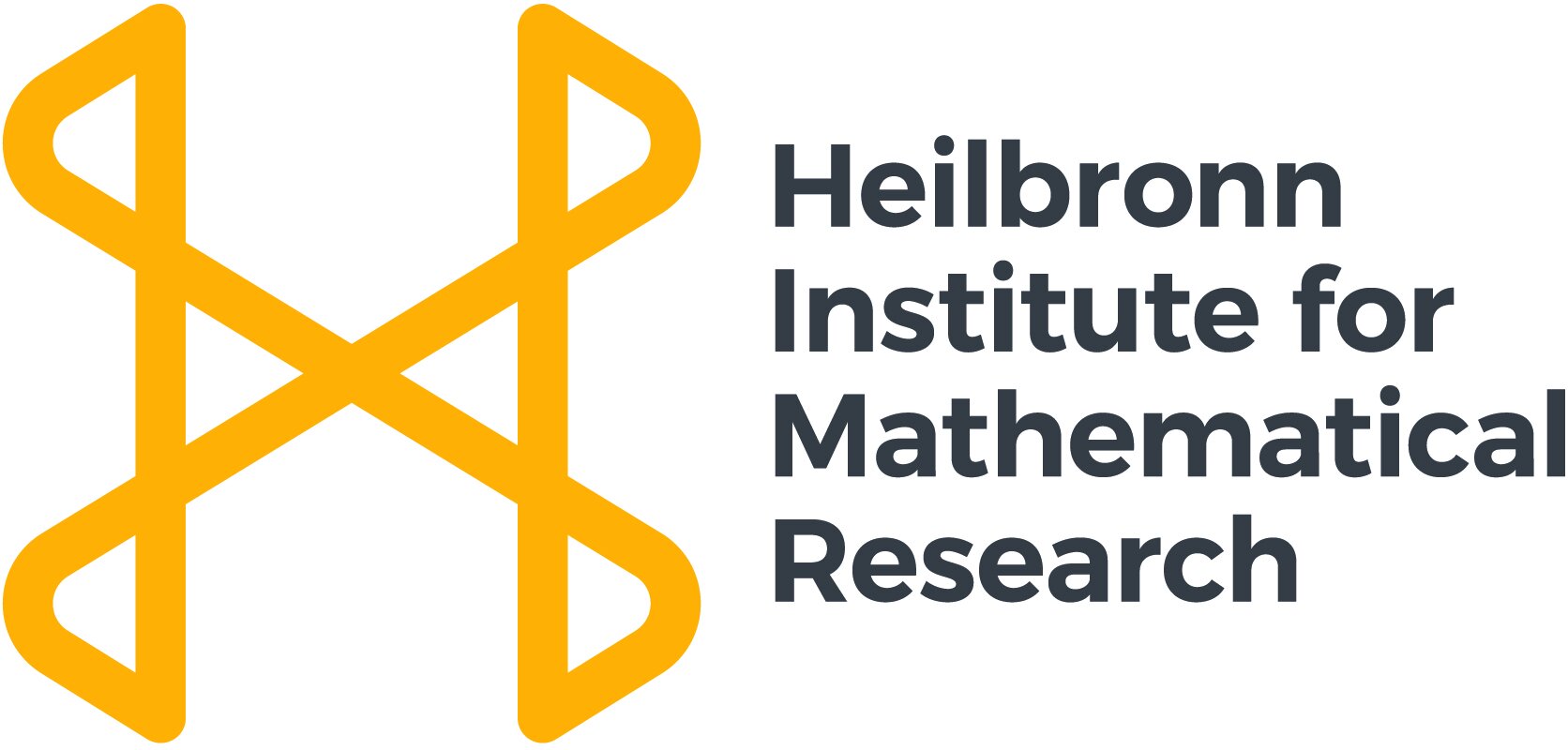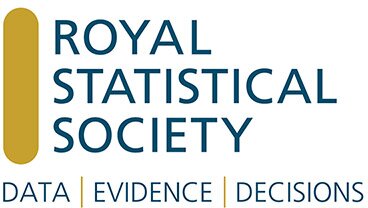Unraveling the Art of Proof Writing: Your Path to Mathematical Mastery
Are you a student struggling to decipher the cryptic language of mathematical proofs? Are you a researcher aiming to sharpen your skills or a teacher looking for fresh, engaging ways to introduce proof writing to your students? This article caters to everyone. We'll start with the basics and gradually ascend to more advanced topics, ensuring there's something valuable for readers of all levels. And, of course, if you ever find yourself thinking, "solve my math for me," we've got you covered
The Importance of Proof Writing
Before we roll up our sleeves and dive into the intricacies of proof writing, let's take a moment to understand why it's such a fundamental skill in the world of mathematics. Much like constructing a skyscraper requires a solid foundation, mathematical research and problem-solving hinge on the bedrock of proof writing. In this chapter, we'll explore why mathematical rigor is indispensable and how it shapes the way we think about mathematical truths.
Picture this: you're constructing a towering skyscraper. What's the most crucial element? A rock-solid foundation, of course! Similarly, in mathematics, proof writing serves as the bedrock upon which complex mathematical ideas are built. Whether you're a budding mathematician, a curious student, or even a seasoned researcher, understanding the art of proof writing is essential for fortifying your mathematical prowess.
Foundations of Proof Writing
Every journey begins with the first step, and in the realm of proof writing, that step involves grasping the concept of mathematical rigor. In this chapter, we'll lay the groundwork for your adventure. We'll delve into the meaning of mathematical rigor, introduce key terminology and concepts, and explore the various types of mathematical proofs that mathematicians employ to unlock the secrets of the mathematical universe.
Understanding Mathematical Rigor
Let's begin at the very beginning. What is mathematical rigor, and why is it vital in proof writing? Think of rigor as the discipline that ensures your mathematical arguments are airtight. Just like a detective gathering irrefutable evidence to solve a case, a mathematician uses rigor to prove theorems beyond a shadow of a doubt.
Key Terminology and Concepts
Every field has its jargon, and mathematics is no exception. We'll introduce you to the essential terminology and concepts that form the building blocks of proof writing. From axioms to corollaries, you'll soon speak the language of mathematicians with ease.
Types of Mathematical Proofs
Proofs come in various flavors, each with its unique charm. Ever heard of direct proofs, proof by contradiction, or proof by mathematical induction? We'll unravel these techniques, helping you choose the right one for any mathematical conundrum.
Components of a Proof
Now that you've grasped the fundamentals, it's time to dig deeper. Just as every Sherlock Holmes story revolves around solving a mystery, every mathematical proof revolves around a theorem or proposition. In this chapter, we'll guide you through the essential components of a proof, from crafting clear statements to handling assumptions and hypotheses. Get ready to piece together the puzzle of proof writing.
-
The Statement of the Theorem or Proposition
Before you embark on a mathematical journey, you need to know your destination. In proof writing, that destination is the theorem or proposition you aim to prove. We'll guide you through crafting clear and concise statements that leave no room for ambiguity.
-
Definitions and Notation
Imagine reading a book without understanding the words. That's what mathematical notation feels like without proper definitions. We'll teach you how to define your terms and use notation effectively, ensuring your proofs are both elegant and comprehensible.
-
Assumptions and Hypotheses
Every proof begins with assumptions and hypotheses—those initial puzzle pieces that set the stage for your argument. We'll show you how to choose them wisely and incorporate them seamlessly into your proofs.
-
The Proof Itself
This is the heart of proof writing—the moment when you unveil your genius. We'll walk you through the logical steps, guiding you to craft impeccable, compelling arguments. Get ready to turn skeptics into believers!
-
Concluding Remarks
A well-crafted proof deserves a grand finale. We'll explore the art of wrapping up your arguments with panache, leaving your audience in awe of your mathematical prowess.
Strategies for Effective Proof Writing
In this chapter, we'll embark on a quest for clarity, precision, and elegance in your proofs. Imagine you're a master chef creating a culinary masterpiece. Your ingredients? Clarity, logical flow, and avoidance of ambiguity. We'll provide you with the recipe for impeccable proof writing, ensuring that your mathematical dishes leave a lasting impression.
-
Clarity and Precision
Imagine explaining a complex idea to a friend over coffee. You wouldn't use convoluted sentences, would you? The same applies to proof writing. We'll delve into the importance of clarity and precision, making sure your proofs shine like diamonds.
-
Logical Flow and Structure
A proof is like a well-organized story. It needs a logical flow, with each step building upon the last. We'll teach you how to structure your proofs for maximum impact, making them easy for others to follow.
-
Avoiding Ambiguity and Vagueness
Ambiguity is the arch-nemesis of proof writing. We'll equip you with the tools to banish it from your work, ensuring your arguments are crystal clear and unassailable.
-
The Role of Counterexamples
Ever heard of the saying, "The exception proves the rule"? We'll show you how to use counterexamples to your advantage, making your proofs bulletproof against potential weaknesses.
Common Proof Techniques
Ready to unlock the toolbox of proof writing techniques? Just as a craftsman selects the right tool for the job, mathematicians choose the most suitable proof technique. In this chapter, we'll unveil the arsenal of direct proofs, proof by contradiction, proof by contrapositive, mathematical induction, and proof by exhaustion. With these tools at your disposal, you'll be equipped to tackle a wide array of mathematical challenges.
Direct Proofs
Direct proofs are like straightforward, step-by-step recipes for mathematical success. We'll serve up some delicious examples and explain how to construct your very own.
Proof by Contradiction
Ready to don your detective hat? Proof by contradiction involves assuming the opposite and uncovering contradictions. We'll guide you through this thrilling technique, complete with mind-bending examples.
Proof by Contrapositive
If you enjoy puzzles, you'll love proof by contrapositive. It's all about turning the problem on its head. We'll provide insights and examples to sharpen your skills.
Proof by Mathematical Induction
Mathematical induction is your secret weapon for tackling infinite sets. We'll demystify this technique and demonstrate its power through captivating examples.
Proof by Exhaustion
Sometimes, proving a theorem feels like solving a labyrinth. We'll introduce you to proof by exhaustion—a technique for tackling exhaustive cases with finesse.
Tips for Handling Special Cases
Special cases are the enigmatic outliers that often perplex mathematicians. However, fear not! In this chapter, we'll show you how to approach existence proofs, uniqueness proofs, proofs of equivalence, and complex structures with confidence. These are the secret passages that lead to mathematical enlightenment.
Existence Proofs
Proving that something exists can be as challenging as finding a needle in a haystack. We'll show you how to wield mathematical tools to confidently prove existence.
Uniqueness Proofs
Unique solutions are like mathematical gems waiting to be discovered. We'll equip you with the skills to prove uniqueness with elegance and precision.
Proving Equivalence
Equivalence proofs reveal the hidden connections between mathematical ideas. We'll illuminate this fascinating technique with enlightening examples.
Dealing with Complex Structures
Complex structures may seem daunting, but fear not! We'll provide strategies and insights to navigate these mathematical mazes with ease.
For additional information about the committee and its members, please visit their dedicated page at https://rsc2018.co.uk/about_committee.html.
Examples and Practice
In the realm of mathematics, practice makes perfect. In this chapter, we'll put theory into action. You'll follow step-by-step proof examples, dive into exercises designed to hone your skills, and find solutions and explanations that will illuminate the path to mastery. Get ready to roll up your sleeves and become a proof-writing virtuoso.
Step-by-Step Proof Examples
Ready to put your newfound knowledge to the test? We'll walk you through step-by-step proof examples, showcasing various techniques in action.
Exercises for Practice
Practice makes perfect, and proof writing is no exception. We've prepared a treasure trove of exercises to sharpen your skills and boost your confidence.
Solutions and Explanations
Stuck on an exercise? Don't worry! We've got your back with detailed solutions and explanations, ensuring you grasp every concept thoroughly.
Common Pitfalls to Avoid
Even the most seasoned mathematicians can stumble into traps when crafting proofs. In this chapter, we'll shine a light on the treacherous pitfalls to watch out for, such as circular reasoning, verbosity, neglecting special cases, and misuse of notation. By recognizing and avoiding these pitfalls, you'll ensure your proofs stand strong.
Circular Reasoning
Circular reasoning is a quagmire best avoided. We'll teach you how to spot and steer clear of this common pitfall.
Overly Verbose Proofs
Brevity is the soul of wit, even in mathematics. Learn how to trim the fat from your proofs and convey your ideas concisely.
Neglecting Special Cases
Special cases can be tricky. We'll show you how to handle them gracefully, leaving no room for doubt in your proofs.
Misuse of Notation
Mathematical notation can be a double-edged sword. We'll guide you on the path to using it effectively and avoiding potential pitfalls.
Advanced Topics in Proof Writing
For those eager to explore the deeper waters of proof writing, this chapter offers a voyage into the advanced realms. We'll delve into variations of proof by mathematical induction, the power of strong induction, the intricacies of proving equivalence relations, and navigating complex mathematical structures. These are the challenges that await daring mathematicians.
Proof by Mathematical Induction Variations
Dive deeper into the world of mathematical induction with intriguing variations that will sharpen your problem-solving skills.
Proof by Strong Induction
Unveil the power of strong induction—a versatile technique for tackling complex problems with finesse.
Proof of Equivalence Relations
Equivalence relations are more than just abstract concepts. We'll show you how to prove them rigorously, with real-world examples.
Complex Mathematical Structures
Ready to tackle the mathematical giants? We'll delve into the world of complex mathematical structures, equipping you to navigate their intricacies.
Conclusion
Congratulations on embarking on this thrilling mathematical journey! As you continue your exploration of proof writing, remember that practice, patience, and persistence are your greatest allies.
You've unlocked the secrets of mathematical rigor, armed yourself with powerful proof-writing techniques, and honed your skills. With confidence in your abilities, there's no mathematical challenge you can't conquer.
Sponsors













Description
The RSC is an annual conference that is organised by students, for students, and open to PhD students or equivalent in any field relating to probability or statistics. The next conference will take place 24-27th July 2018 at the University of Sheffield.
Get in touch
Email:
Facebook